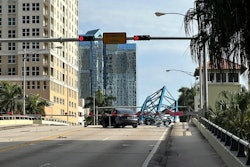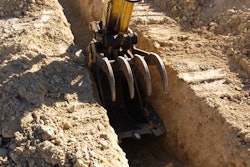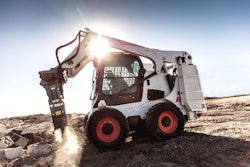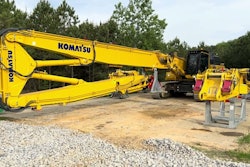Despite construction industry association objections, a new rule will take effect May 31 that will allow union representatives to accompany federal safety inspectors on non-union employers’ jobsites.
The rule, issued by the U.S. Occupational Safety and Health Administration, is designed to clarify workers’ and employers’ rights to have representation during OSHA inspections on all jobsites, whether they are union or non-union. It says workers may authorize another employee to serve as their representative or select a non-employee third party. That third-party representative has been expanded to include a representative of a labor union, an attorney or someone else of the employee’s choosing.
Construction groups, however, view it as a backdoor way for unions to try to gain a foothold on non-union jobsites.
“By allowing outside union agents access to non-union employers’ private property, OSHA is injecting itself into labor-management disputes and casting doubt on its status as a neutral enforcer of the law,” says Greg Sizemore, Associated Builders and Contractors vice president of health, safety, environment and workforce development. “This final rule negatively impacts the rights of employers while simultaneously ignoring the rights of the majority of employees who have not authorized a union to represent them.”
OSHA argues that the rule will make jobsites safer and add expertise to the inspection process.
"Worker involvement in the inspection process is essential for thorough and effective inspections and making workplaces safer," says OSHA Assistant Secretary Doug Parker. "The Occupational Safety and Health Act gives employers and employees equal opportunity for choosing representation during the OSHA inspection process, and this rule returns us to the fair, balanced approach Congress intended."
Federal law currently allows employees to authorize a representative to accompany an OSHA inspector, such as a safety engineer or industrial hygienist. There must be “good cause” to choose the third party.










